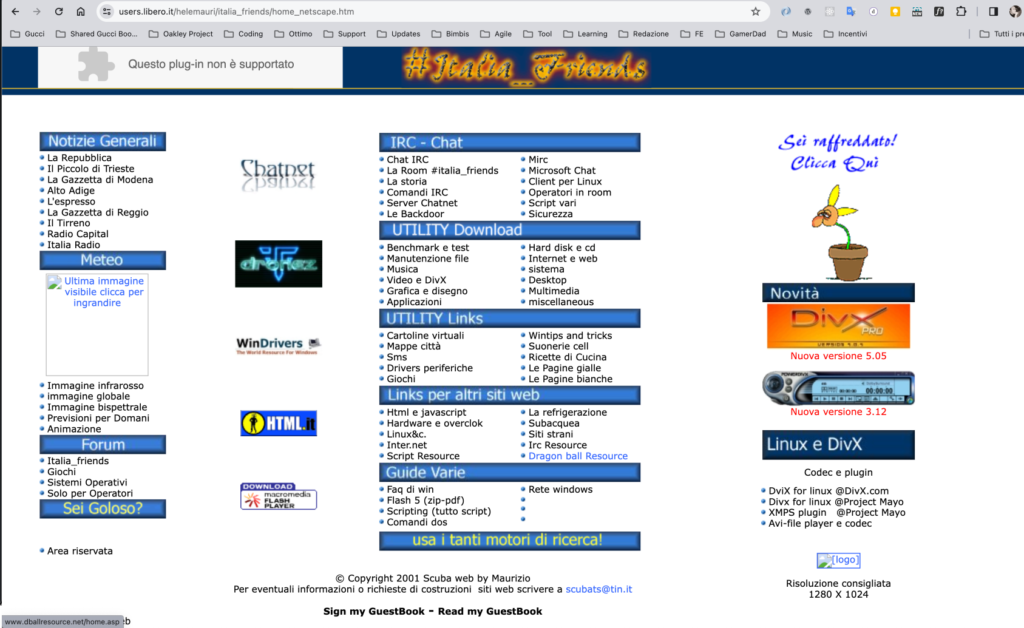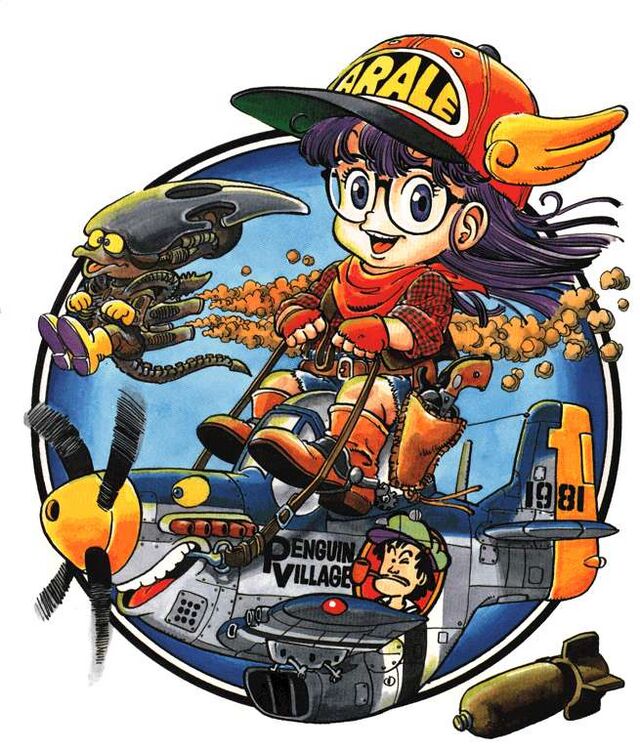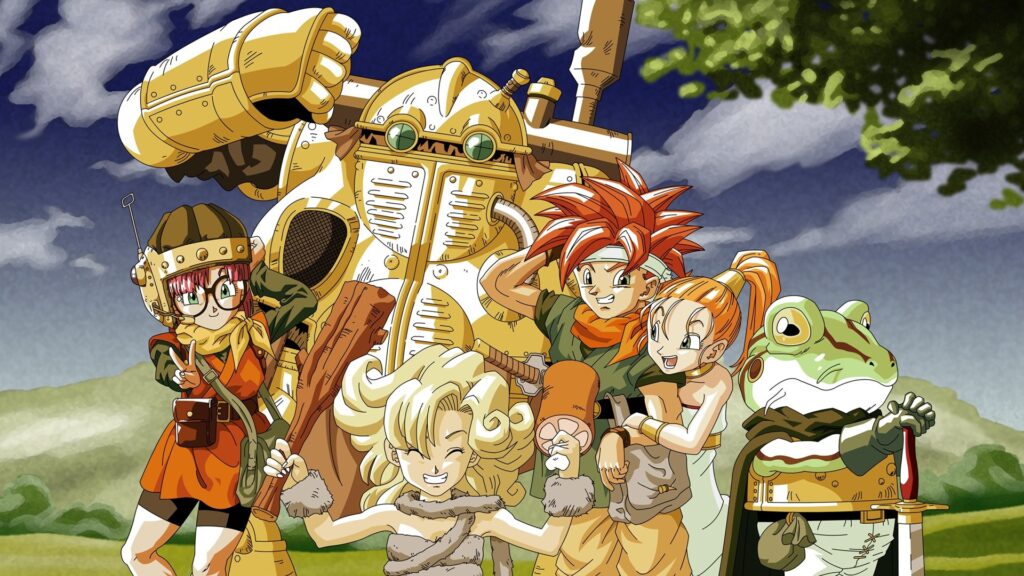I made my first website at the age of 14, leveraging the few self-taught rudiments of HTML and ASP that I knew in the distant 1999, when my AMD K6-2 300 MHz with Windows 98 was still rockin’. And that’s how Dragon Ball Resource was born, a portal dedicated to my favorite anime at the time. It was the era in which the Internet began to create its own identity and the offered content had no clear boundaries. There were hundreds of Dragon Ball sites and there were top 50 lists based on obvious KPIs such as content completeness and number of visits (remember ShinyStat?).

Nothing remains of that site, except for my memories.

It was thanks to my passion for Dragon Ball and the study behind that website, which contained a gaming-dedicated section, that I first came across the world of emulation: somehow (?) I obtained the ROM of Dragon Ball Z – Super Saiyan Densetsu, it was a fantastic JRPG based on the world of Dragon Ball Z (Saiyan saga) and the Japanese language couldn’t even slightly dampen my desire to complete it. Even today, I hum its soundtrack.



Mentioning the entire Toriyama’s production and his talents is pointless now, the whole world knows who he was and what he was capable of. He’s probably the Japanese Walt Disney, everyone has a memory tied to something that he created, a game, a manga, a story, an anime show.


Dragon Ball is probably not the best anime in the world, but it is certainly the most important and influential that has ever existed. It has marked the lives of many, certainly mine, accompanying me in my adolescence and forever winning a special place in my heart. There won’t be a day when the episodes aired at lunchtime, the games downloaded from the internet, the excitement of seeing the most important transformation of all time for the first time, won’t be remembered with great affection by most of today’s thirty-year-olds. For this, thank you Akira Toriyama.





